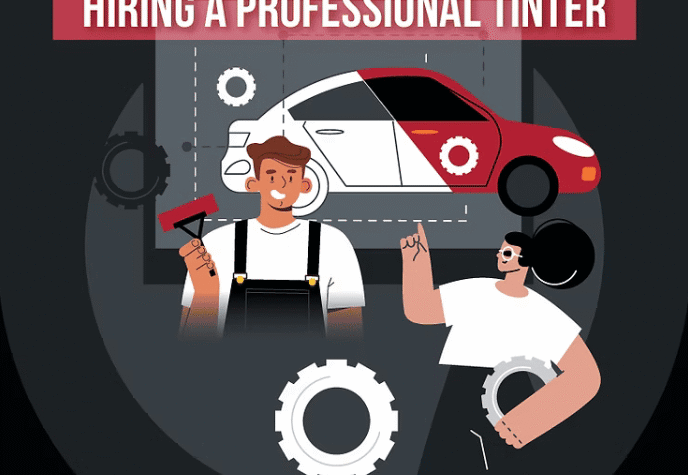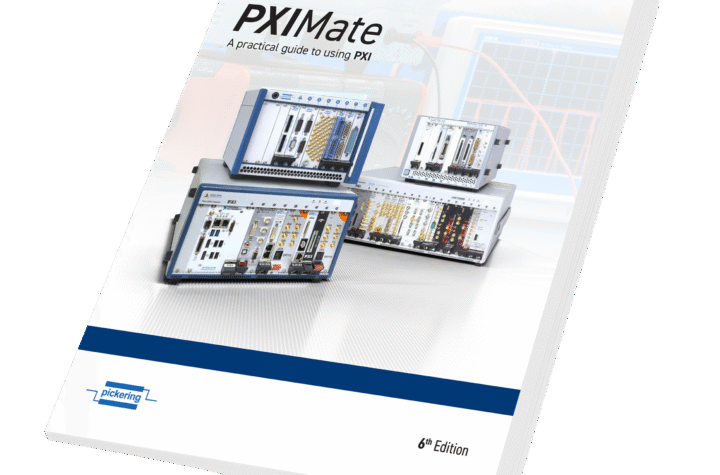
Words are both an essential tool and a potential barrier to effective communication – particularly in the globalised automotive industry where people need to transfer information across language barriers, international borders and through time zones.
Information technology in the guise of the Internet and e-commerce, are supposed to help cut through the confusion. However, “the chaotic structure of the Internet places limits on the degree of specification users can enter when searching for specific information,” says Friedhelm Hausmann, chairman of the eCl@ss board and project manager of Audi AG. “A search is generally made using words and terms which, however, are often used by purchasers and vendors differently. For example, a purchaser is looking for ballpoint pens, while the vendor describes them as writing utensils,” he says.
Language is also a potential barrier to eProcurement which, according to Hausmann “can only produce cost and transparency advantages when a standard classification structure with a hierarchical data structure for materials, products and services is in place. All parties involved must use a common language in order to understand one another.”
With the objective to develop this common language a number of international acting German companies founded the non-profit organisation eCl@ss, with its head-office at the Cologne Institute for Business Research. The aim is to create a cross-industry, multilingual, international standard for material group management, and to support electronic online catalogues and tenders via eCl@ss. Now four years after it’s foundation the first international office in China has opened, followed by the USA.
Technical specs
The basic structure of eCl@ss was developed by a working group consisting of sixteen companies five years ago. Their goal was to facilitate eCommerce applications by creating a complete specification of articles and products for manufacturers, dealers and customers. This would simplify and support keyword searches in catalogues through a combined search using eCl@ss numbers. The use of eCl@ss numbers also leads to a better hit ratio in the case of online tenders. This working group created the eCl@ss material classification system and now offers it at http://www.eclass-online.com/ free of charge to all interested parties throughout the world via the Cologne Institute for Business Research.
Auto eCl@ss
Developed initially for the chemicals industry, eCl@ss has now been adopted by the likes of Audi, BMW, DaimlerChrysler and Volkswagen. They will change together in 2005 onto the latest eCl@ss Version 5.1. regarding non-production materials. Other global companies using the system include Porsche, Renault, Siemens and a notable number of suppliers.
This could be the start of big changes in the way the automotive industry and others who adopt eCl@ss go about procurement. “The previously clear roles of developer, supplier, manufacturer and dealer are becoming blurred and having to be redefined. If, for instance, the Internet is used as a medium for electronic purchasing (so-called eProcurement), this opens up many new perspectives: By simply announcing its requirements on the Internet, a company can receive tenders from throughout the world from a considerably larger circle of suppliers and then process orders at the click of a mouse or even fully automatically. Suppliers also have a much larger customer base,” says Hausmann. Additional advantages to the procuring company include reduced transaction costs, and a higher degree of market transparency due to the improved opportunities of comparing the different offers. The supplying company also reduces its transaction costs and expands its circle of customers. Identical data structures can be used for all customers, he says. One of the advantages is that only the first in the line, the producer – who has also the real know how – has to set up the data-base. All the other parties involved in the life-cycle of this product can use his data without any further effort. This is particularly important for commodity items. “Too much work is still involved to find low-priced products and competitive suppliers for articles of low value. eCl@ss offers the organisation and the data-model,” he says.
In-house eCl@ss
eCl@ss can be used by the individual suppliers in all tiers – from the development up to the disposal of the product.
·The eCl@ss number replaces a verbal description and provides clarity for the procurement department: The problem of using different terms to describe the same product or service is solved by the use of the classification number. Verbal descriptions can be supplemented by keywords, however, they do not replace finding the commodity via the eCl@ss number.
·A good overview of different suppliers and their range of products: The increasing use of the Internet for the provision of electronic catalogues and lists of products in effect clouds the overview inasmuch as verbal descriptions have to be used. On the other hand, the suppliers’ order number systems are specific to the company and are thus impractical for comparison purposes. But if the suppliers employ the eCl@ss classification system, the purchaser is soon able to get a good overview over possible alternatives.
·Comparable offers: The use of a finely differentiated eCl@ss number (8 digits) allows a basic comparison to be made between the products and services available in the electronic marketplace. However, this does not mean that the individual strengths and weaknesses of the supplier are covered by eCl@ss: the keywords and the associated Sets of Attributes guarantee that the products and services of the individual suppliers can be recognised.
·“Finding” new suppliers via eCl@ss numbers: When new suppliers emerge in the global marketplace, their appearance does not automatically mean that they will be “discovered”. This is where the problems attached to Internet search engines, which are unable to carry out suitably fine searches, are most obvious. However, if on the Internet eCl@ss numbers are linked to products and services, then eCl@ss numbers can be used to search for the products or services– and to find them e.g. Searching for eclass27141205 will result in finding protective coating products used in electrical installations). (general notation: _eclass12345678_).
·The basis of eCommerce via the Internet: When a supplier has been found, the use of eCl@ss numbers and the corresponding Sets of Attributes enable a direct eCommerce connection to be set up.
eCl@ss for vendors
The advantages of eCl@ss for vendors (suppliers, outside suppliers for the manufacturer) are:
·Clarity of the range of commodities via eCl@ss numbers: The use of a classification number means that a prospective purchaser knows right from the outset which group of commodities the vendor’s product belongs to.
·Opening up of new circles of customers via the Internet: If the eCl@ss number in the form of “eclass12345678” or i.e. for the main-group “eclass12340000” is added to a company’s description of its products, the eCl@ss number can also be found with the aid of an Internet search engine. In this way, new customers can be acquired who were previously unknown to the supplier.
·Ready-made classification system can be transferred to own products at no charge: In many companies the use of eCommerce and the Internet have led to them having to revise their numbering systems. This revision can be carried out at a much lower cost if the eCl@ss system is adopted, using one international standard and data structure for each purpose.
·Advantageous terms and conditions for purchasers: Many companies attempt to bundle their purchasing activities. On the one hand, this increases competitive pressure whereas on the other hand it assists suppliers who deal with the purchasers to create long-term relationships.
·The format of Sets of Attributes are only described by one party: However, they can be used by both parties, namely purchasers and vendors. The costs involved in creating the Sets of Attributes are substantial. However, because their use is free of charge, the benefits of the Sets of Attributes are available for general use. So work is to be done only once, and not in different ways or data schedules for each vendor or marketplace.
eCl@ss and dealers
Companies that want to do business on the Internet via electronic catalogues can structure and refine their catalogues through the use of eCl@ss. When the usual search boards are supplemented by the possibility of searching in specific fields according to eCl@ss numbers, this can considerably increase the beneficial value of an electronic product catalogue on the Internet (format: “eclass12345678”).
eCl@ss and IT
eCl@ss is the only classification standard world-wide offering a system of classes and attributes based on normative principles. This because his data model is compliant to the international and national norms, e.g. ISO 13584, IEC 61360 and DIN V4002. This way eCl@ss data can processed with any software, that is compliant to these norms, too. Moreover being compliant to international norms guarantees multilingualism as well as the possibility to automatically update eCl@ss compliant data bases. Therefore a lot of IT-providers are offering the eCl@ss-scheme in their software. Some bigger of them like SAP, Requisite, Poet has become members of the eCl@ss association.
For guarantee also the expectations and requirements of future developments, eCl@ss works closely together with international committees and is involved in international projects. Examples are ISO, CEN and ePDC.
eCl@ss costs
The eCl@ss Head-office at the Cologne Institute for Business Research, as an independent platform and central contact, provides the classification on the Internet at www.eclass-online.com/at no charge to the user. Downloading and use of eCl@ss is free of charge. Implementation costs will vary according to the requirements of individual companies, says Thomas Einsporn, the head of the eCl@ss office. But this investment is to be made only once and independent from every system development.












More Stories
What You Need to Know About Tire Pressure in Winter vs Summer
Essential Features to Look for in ADAS Calibration Systems
Your Guide to Filing a Car Accident Claim